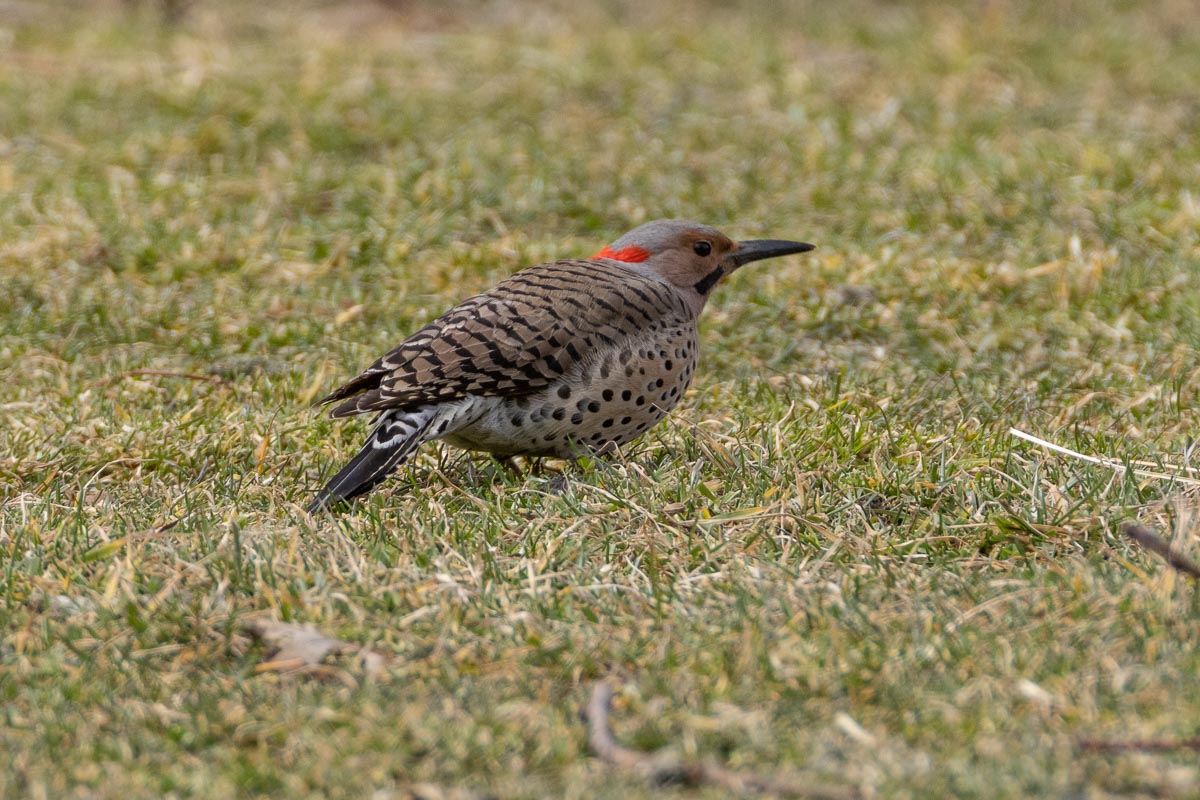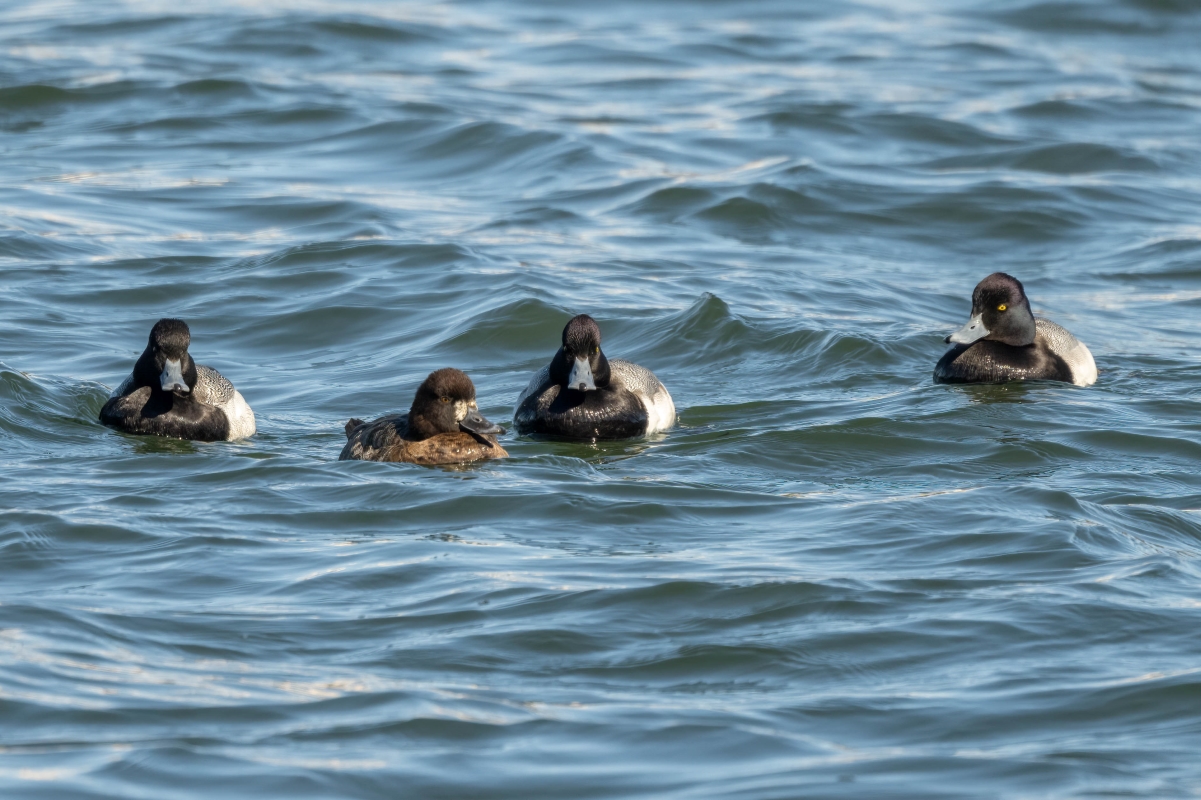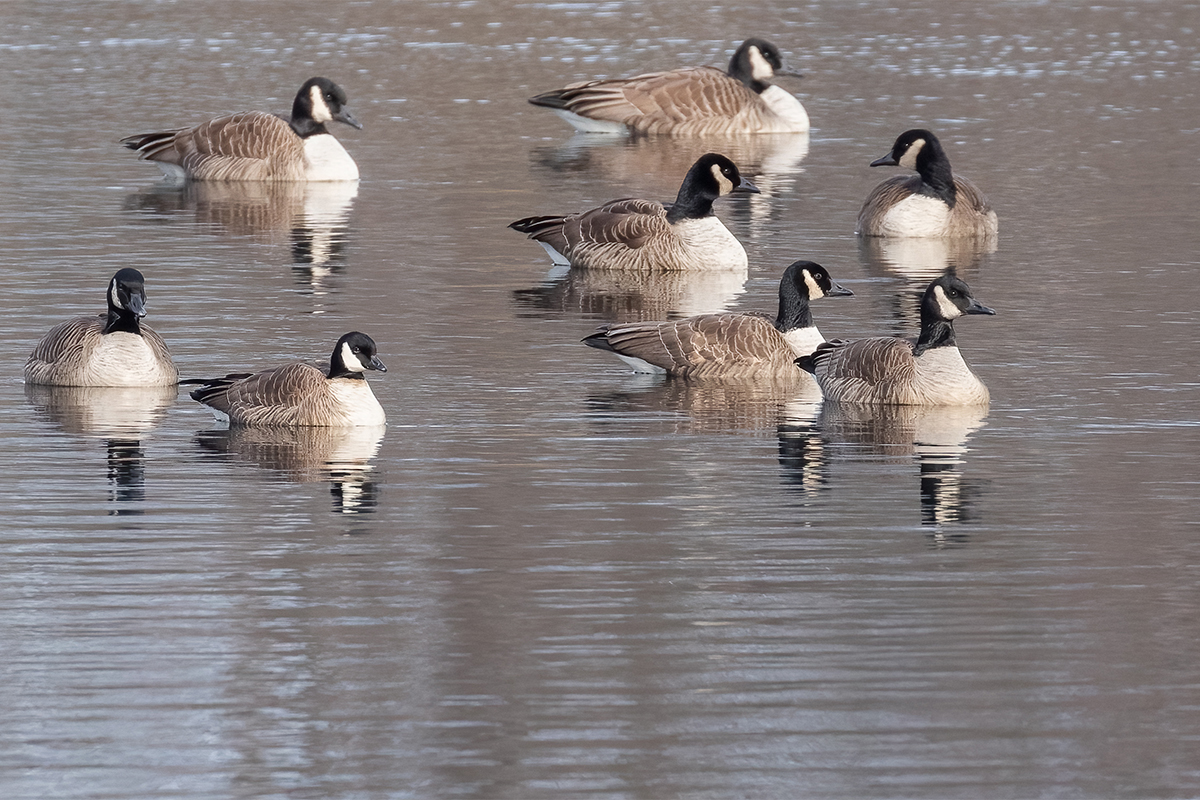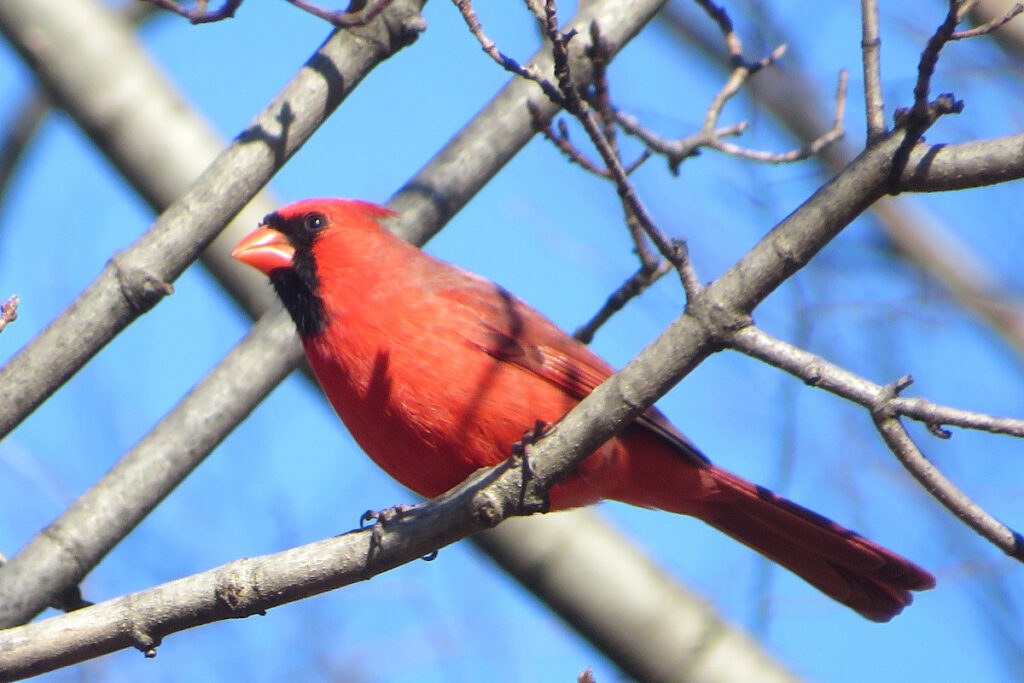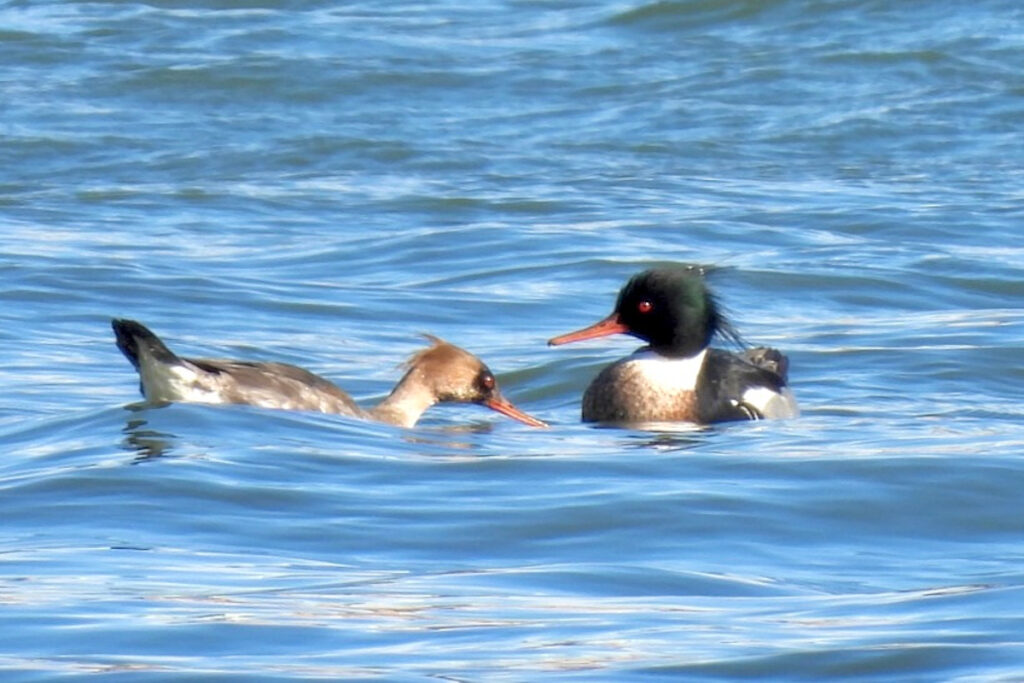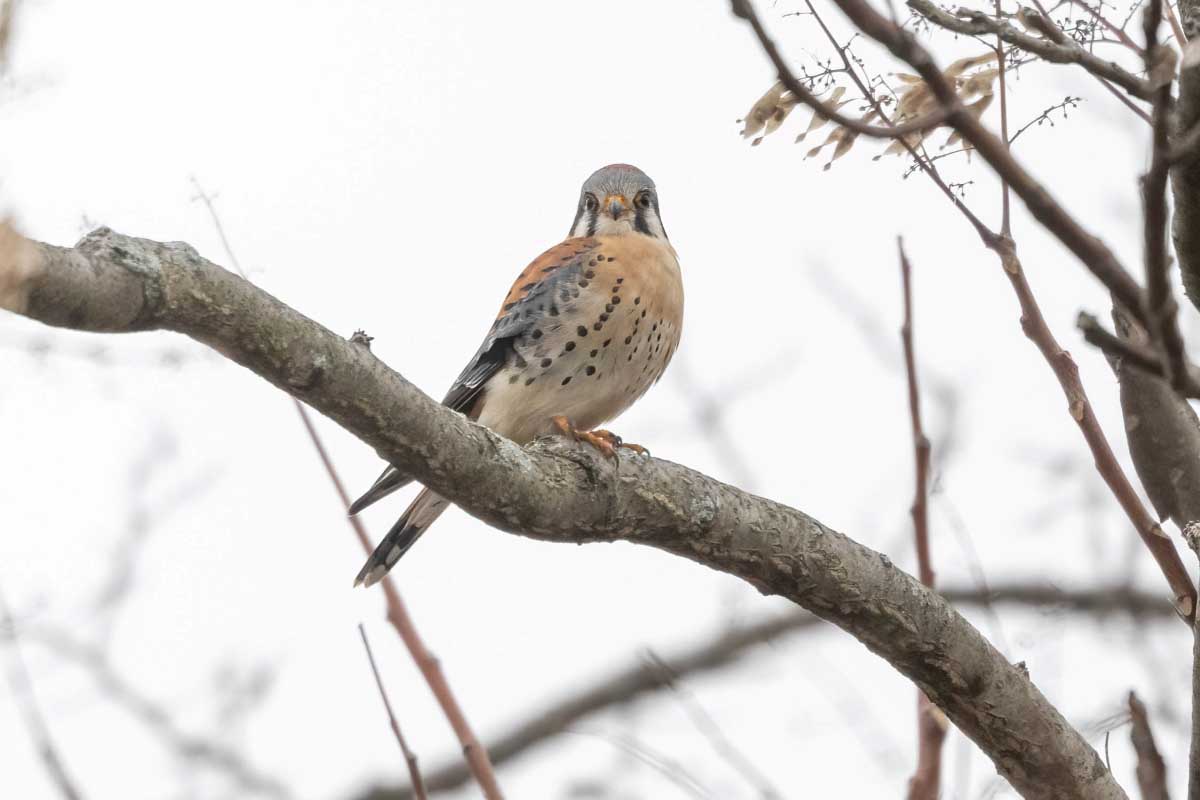Central Park Winter Walk with Richard Zainaldeen, 3/12/2023
Registrar: Kathleen Matthews
Leaders: Richard Zainaldeen, Erika Piik, & David Spawn
Participants: 39
Weather: Sunny, 38-42° F, 8 mph N wind, “feels like 36”
Bird Species: 38
A forecast of rain and snow, on our originally scheduled March 11th walk, forced a reschedule to
Sunday, March 12th and meant only 39 of the originally 58 registrants were able to participate.
Dividing into three groups, we fanned out into Strawberry Fields, then moved to Hernshead, Oak
Bridge, and into the Ramble. Absent from our list were American Woodcocks and most of the
other hoped-for, early Spring migrants, but we did enjoy the almost comical abundance of Tufted
Titmice, multiple Fox Sparrow (some signing), and a lovely showing of “Geraldine”- Central
Park’s seemingly resident Great Horned Owl.
Species
Birds:
American Coot
Bufflehead
Canada Goose
Hooded Merganser
Northern Shoveler
Mallard
Rock Pigeon (Feral Pigeon)
Mourning Dove
Ring-billed Gull
Herring Gull
Great Black-backed Gull
Great Blue Heron
Cooper’s Hawk
Red-tailed Hawk
Great Horned Owl
Yellow-bellied Sapsucker
Red-bellied Woodpecker
Downy Woodpecker
Northern Flicker
Blue Jay
American Crow
Common Raven
Black-capped Chickadee
Tufted Titmouse
Red-breasted Nuthatch
White-breasted Nuthatch
Carolina Wren
European Starling
American Robin
House Sparrow
House Finch
American Goldfinch
Fox Sparrow
Dark-eyed Junco
White-throated Sparrow
Red-winged Blackbird
Common Grackle
Northern Cardinal



